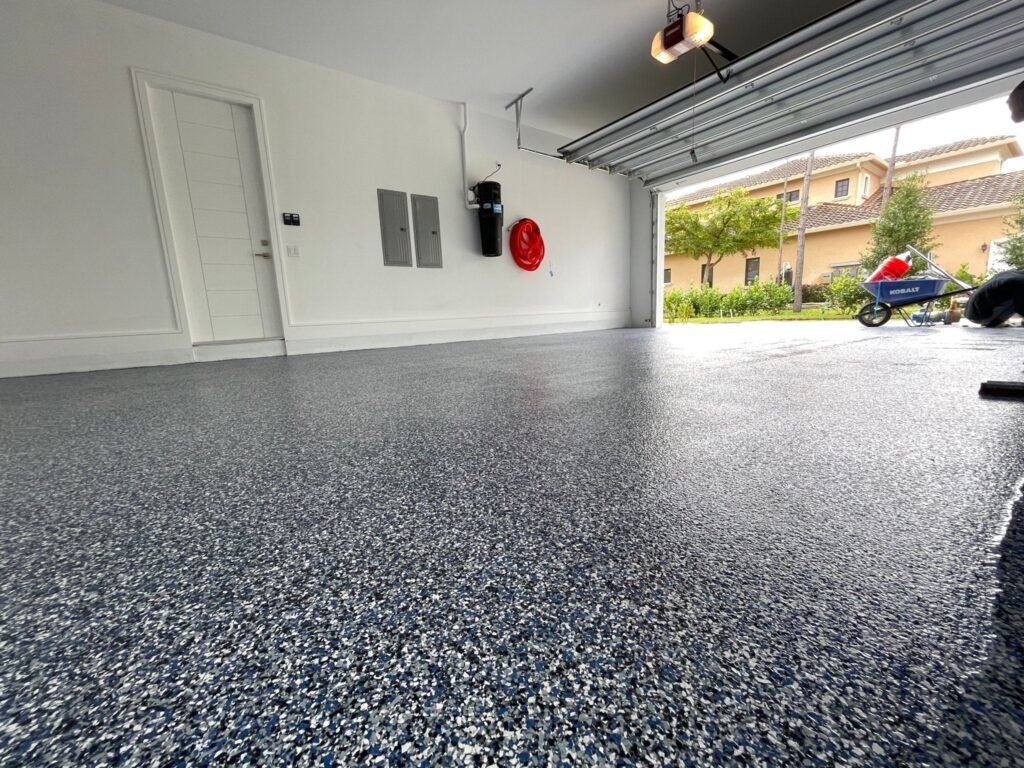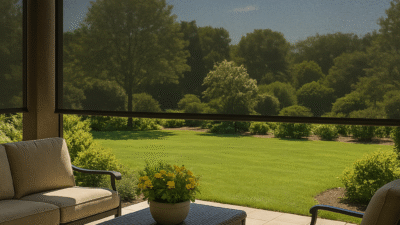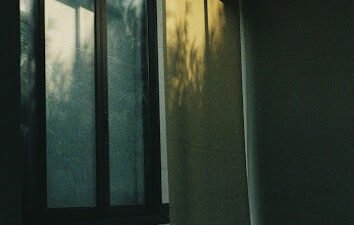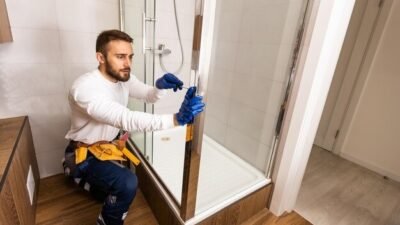If you’re here, you’re probably wondering whether flake flooring is just another fancy term contractors throw around—or if it’s actually worth your attention. Spoiler alert: it’s more than just decorative sprinkles on your garage floor.
Let’s break down the top 5 questions people like you ask about flake flooring, using real talk, no fluff. Whether you’re renovating your home or managing a commercial space, these answers should help you make a confident decision (without spiraling down Reddit threads or outdated forums).
1. What is Flake Flooring, Anyway?
You’ve probably seen it. That speckled, semi-glossy finish in garages, showrooms, or industrial kitchens. That’s flake flooring—a type of decorative epoxy floor system where vinyl chips or flakes are broadcast into a base coat, then sealed with a clear topcoat.
Why flakes? They’re not just for looks. These little chips:
- Hide surface imperfections
- Improve traction
- Add durability and visual depth
Think of it as functional flooring with flair. You get industrial strength with residential style. Not bad, right?
2. Is It Slippery?

Here’s the short answer: nope—not if installed correctly.
This question pops up in nearly every flake flooring thread on forums like Houzz or Whirlpool Australia. And it’s fair! You don’t want to take a skating lesson every time it rains.
The flake texture combined with a non-slip additive in the topcoat makes it safer than plain concrete or even some tiles. It’s why many Aussie homeowners choose it for garages, pool surrounds, and even laundries.
As Brisbane-based flooring expert Mark Conway told Home Beautiful, “When applied with a non-slip finish, flake flooring actually improves grip, especially in wet or oily conditions.”
3. How Long Does It Last?
Well, that depends on your definition of “forever.”
Professionally installed flake floors can easily last 10 to 15 years or more—especially in residential settings. In commercial or high-traffic areas, it may wear down sooner but can still hold its own against forklifts and heavy machinery.
But here’s the catch: longevity depends heavily on:
- Prep work (poor grinding = poor adhesion)
- Epoxy quality
- UV exposure (sunlight fades cheaper coatings)
So, don’t skimp on the installer or the materials. Bargain-bin epoxy today could mean redoing your floors next year.
4. Can I DIY It? Or Should I Call in the Pros?
Ah, the eternal Aussie dilemma: “Should I give it a go myself?”
Technically, yes—you can DIY it. You’ll find plenty of epoxy kits at Bunnings. But unless you’ve got experience with concrete grinding, moisture testing, mixing epoxy with the right ratios, and applying flake evenly… your garage might end up looking like a Jackson Pollock painting. And not in a good way.
Let’s be real: flake flooring is one of those “looks easy, actually isn’t” jobs. The pros use industrial grinders, moisture meters, and UV-stable sealers. If you’re okay with investing time and effort, go ahead. But if you want a flawless finish, leave it to the experts.
5. Is It Worth the Cost?
Compared to tiles, polished concrete, or even bare slabs, flake flooring is surprisingly cost-effective.
In Australia, professional installation typically ranges from $65–$120 per square metre, depending on floor condition and flake density.
But here’s the kicker: you’re not just paying for aesthetics. You’re getting:
- Chemical resistance
- Easy cleaning (just mop—no grout to scrub!)
- Custom colours and textures
- Long-term durability
So yeah, it’s an investment—but one that pays off, especially for resale value or commercial appeal.
Looking Ahead: Where Is Flake Flooring Headed?
As more people ditch tiles and timber for low-maintenance, high-durability surfaces, flake flooring is stepping into the spotlight. Especially in Australia, where garages double as hobby rooms, home gyms, and man-caves—flake floors tick all the boxes.
Newer trends include:
- Metallic or quartz-infused flakes
- Custom colour blends
- UV-stable polyaspartic topcoats for outdoor use
That said, flake flooring isn’t perfect. It can yellow under prolonged UV exposure, and it’s not the softest surface for barefoot lounging. But the tech is improving, and so is consumer awareness.
Final Thoughts
If you’re still on the fence about flake flooring, think about what you really want from your floor: durability, safety, looks, or all three? Because flake floors might just be that rare mix of form and function.
So go ahead—ask the questions. Just know that now, you’ve got the answers.




